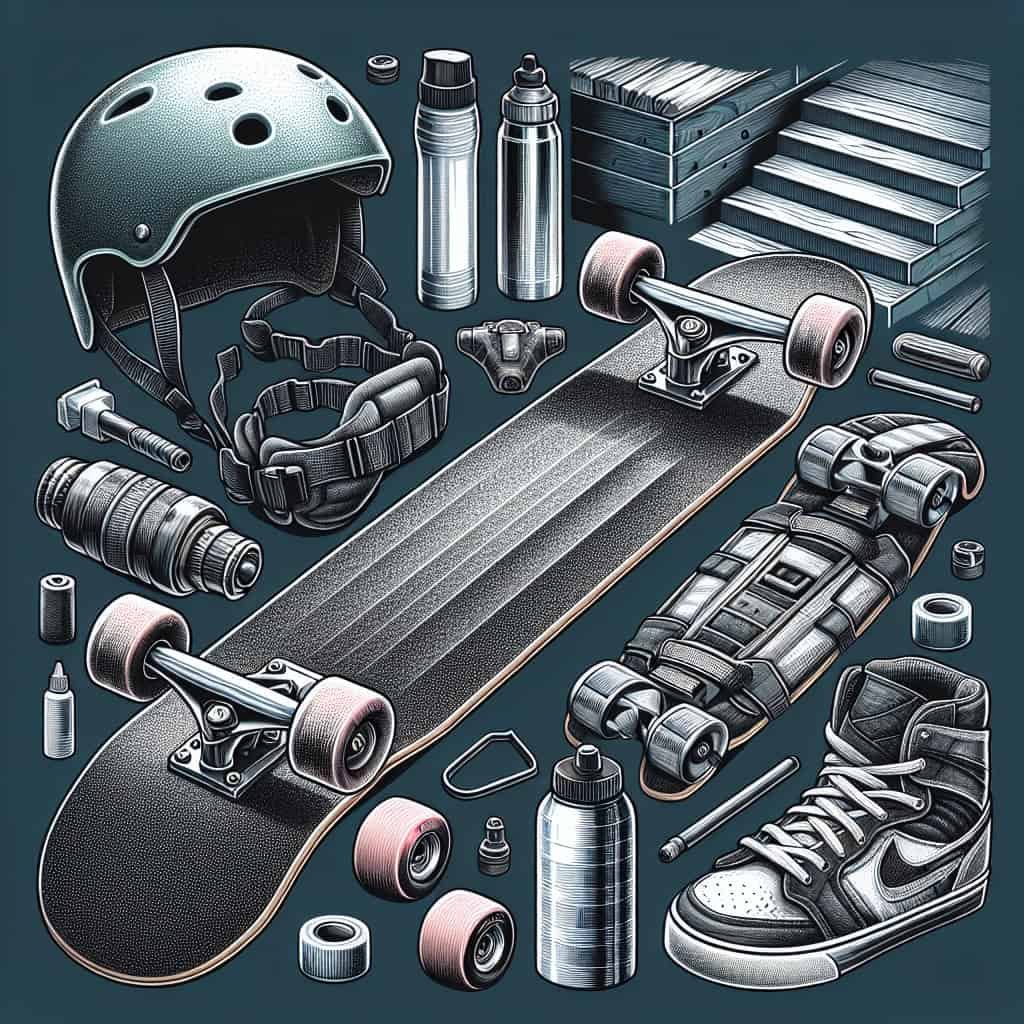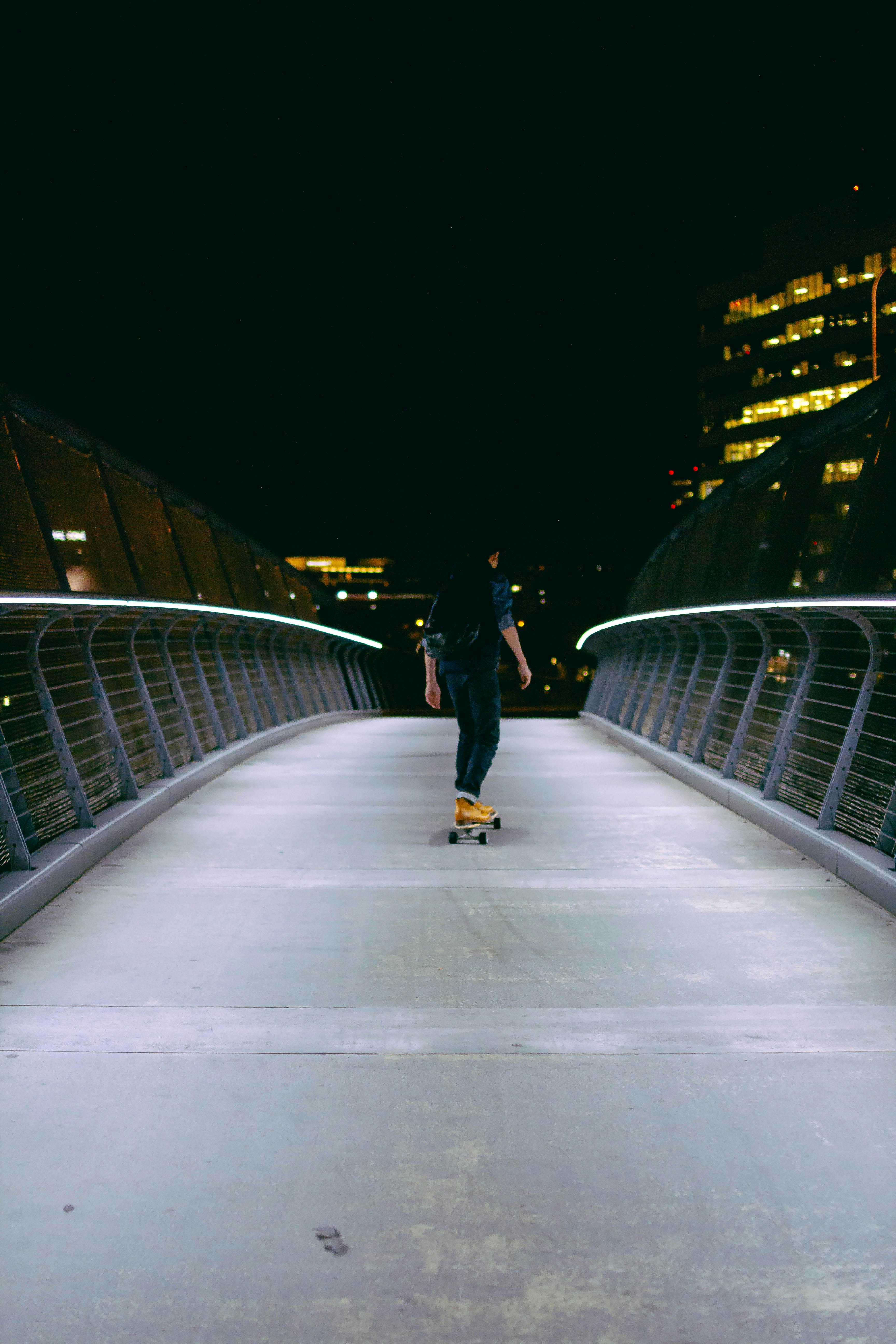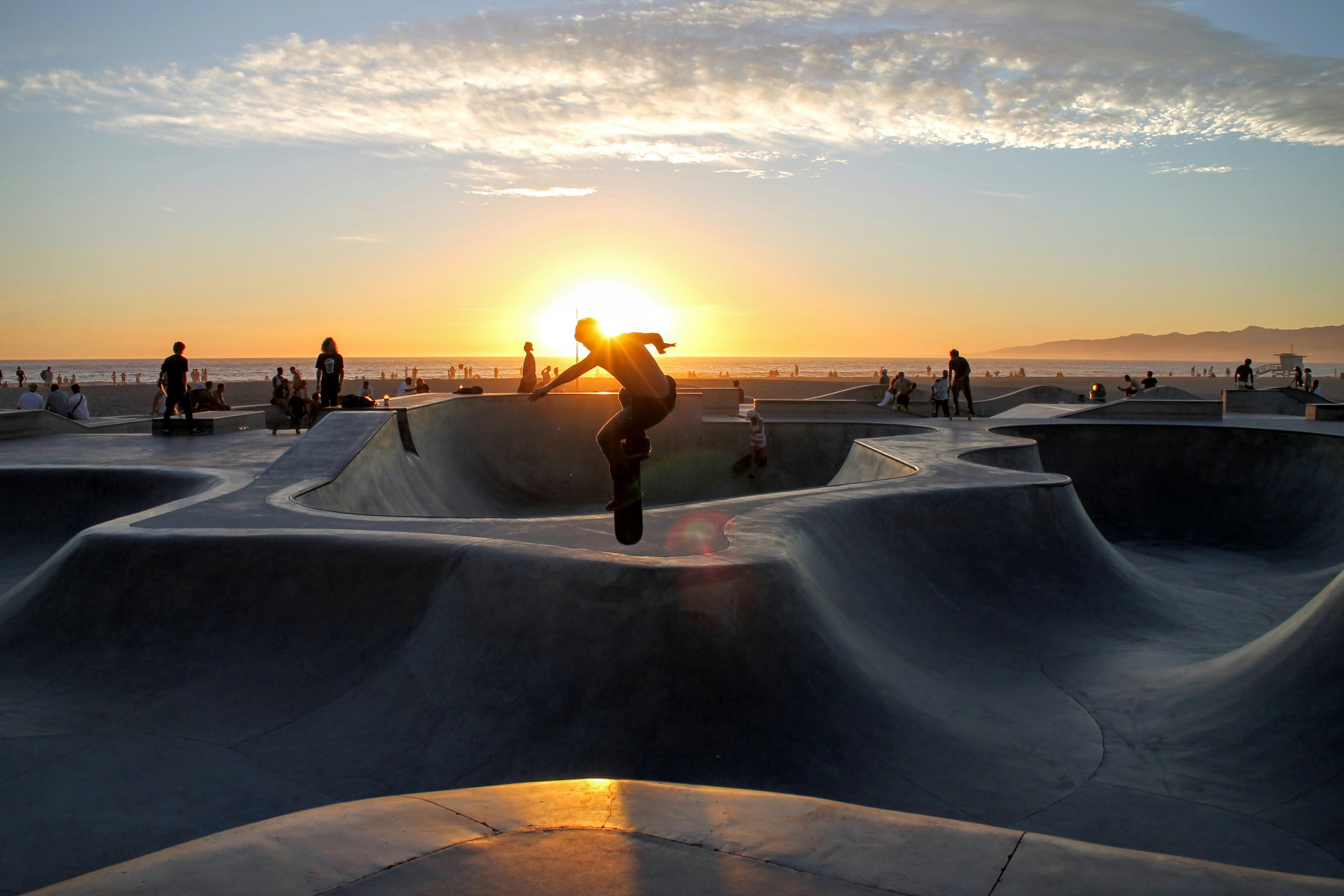Skateboarding is an exhilarating sport that often pushes the boundaries of what’s possible on four wheels. However, with great stunt potential comes great responsibility. When it comes to attempting stairs and gaps, safety should always be a skateboarder’s top priority. Whether you’re a beginner or an experienced rider, there are key measures you should take to prevent accidents and ensure a fun and injury-free skateboarding session. So, let’s explore some important safety precautions you should keep in mind when trying out those daring jumps and tricks. Skateboarding can be an exhilarating and challenging sport, especially when it comes to attempting stairs and gaps. While it may be tempting to dive right into these exciting tricks, it is essential to prioritize safety. By following some key safety measures, you can minimize the risk of injuries and enjoy your skateboarding adventures to the fullest. In this article, we will guide you through the necessary steps to ensure a safe and successful experience while attempting stairs and gaps.

Wear Proper Protective Gear
When it comes to skateboarding, wearing proper protective gear is crucial to protect yourself from potential injuries. The first and most essential piece of gear is a helmet. A helmet helps to protect your head in case of falls or collisions, reducing the risk of traumatic brain injuries. Ensure that your helmet fits properly and is securely fastened before attempting any tricks.
In addition to a helmet, elbow pads, knee pads, and wrist guards are also essential gear to consider. Elbow pads protect your elbows from abrasions and impacts, while knee pads shield your knees from potential injury. Wrist guards help to prevent wrist sprains or fractures during falls. By wearing these protective gears, you add an extra layer of safety and minimize the risk of severe injuries.
Check and Prepare the Skateboard
Before attempting stairs and gaps, it is crucial to inspect your skateboard to ensure it is in proper working condition. Start by inspecting the board for any signs of damage, such as cracks, chips, or loose parts. Use your hand to give the deck a light tap, listening for any unusual sounds that may indicate structural issues. If you notice any significant damage, it is best to replace or repair your skateboard before attempting any tricks.
Once you have ensured the board’s integrity, check the trucks and wheels to ensure they are secure. Tighten any loose bolts and make sure the wheels rotate smoothly. A well-maintained skateboard is essential for achieving stability and control while attempting stairs and gaps.
Lastly, it is essential to choose the appropriate skateboard for stairs and gaps. Different types of skateboards have varying features that make them better suited for specific tricks. Make sure your skateboard has the right shape, deck width, and concave that align with your skill level and the type of tricks you plan to attempt.
Assess the Environment
Before attempting stairs and gaps, it is vital to assess the environment in which you will be skateboarding. Start by checking for any obstacles or debris that may impede your path or pose a safety hazard. Remove any loose objects to ensure a clear and safe skateboarding area.
Next, evaluate the condition of the surface on which you will be skating. Ensure that it is smooth, free of cracks, and provides adequate grip. Pay attention to any irregularities or rough patches that may affect your balance and control. Skating on a well-maintained surface will enhance your performance and minimize the risk of accidents.
Additionally, consider the level of pedestrian traffic in the area. A crowded environment can increase the chances of collisions and accidents. If possible, find a relatively secluded area where you can attempt stairs and gaps without endangering yourself or others.
Warm Up and Stretch
Before diving into trick attempts, it is essential to warm up your body and stretch your muscles. Performing dynamic warm-up exercises helps increase blood flow and loosens up your muscles, reducing the risk of strains or pulls. Take a few minutes to jog in place, do jumping jacks, or perform other light cardiovascular exercises to warm up your body.
After warming up, it’s time to stretch the key muscle groups used in skateboarding. Focus on stretching your calves, quadriceps, hamstrings, and hip flexors. Additionally, stretch your back and shoulder muscles to optimize your range of motion during tricks. Holding each stretch for about 20-30 seconds will help improve flexibility and prevent injuries.
To prepare for attempting stairs and gaps, start with some practice runs on flat ground. This allows you to get a feel for your board and warm up your muscles specific to skateboarding movements. Spend time rolling around, practicing balance, and doing basic maneuvers to ensure you are mentally and physically prepared for the challenges ahead.
Master the Basics
Before attempting stairs and gaps, it is essential to master the basics of skateboarding. Developing proper balance and control is crucial for successfully landing tricks and avoiding injuries. Spend time practicing your balance on the board, focusing on maintaining a centered and stable stance.
Learning how to bail safely is another vital skill to master. Knowing how to dismount from your skateboard during a failed attempt can help prevent serious injuries. Practice rolling off curbs and ramps, getting comfortable with both your forward and back foot landing strategies.
Approach Technique
As you gain confidence in your skateboarding abilities, it’s time to focus on your approach technique when attempting stairs and gaps. A comfortable stance is key to maintaining balance and control. Ensure that your feet are placed shoulder-width apart, with your toes slightly angled towards the nose of the board. Experiment with different stances to find the one that feels most natural and comfortable for you.
To successfully clear stairs and gaps, generating enough speed is crucial. It is important to have sufficient momentum to propel yourself forward and clear the obstacles. Push off the ground with your foot, utilizing short, powerful pushes to gradually gain speed. Keep in mind that too much speed can be just as dangerous as too little, so find a balance that allows you to maintain control.
Throughout your approach, it is vital to keep your weight centered over the board. Distribute your weight evenly on both feet, avoiding leaning too far forward or backward. Maintaining balance and stability will greatly increase your chances of successfully landing tricks.
Ollie Technique
The ollie is a fundamental trick in skateboarding and is essential when attempting stairs and gaps. Learning the proper ollie technique is key to clearing obstacles successfully. Start by practicing the motion of the ollie on flat ground, focusing on the timing and technique.
To perform an ollie, start by placing your back foot on the tail of the skateboard and your front foot near or just behind the front bolts. Pop the tail down while simultaneously sliding your front foot forward and jumping off both feet. As you jump, bring your knees towards your chest to lift the skateboard off the ground. Level out the board in the air and prepare for landing.
To perfect your ollie technique, practice ollieing over small obstacles such as cracks or sidewalk lines. As you gain confidence, gradually increase the height and difficulty of the objects you attempt to ollie over. Remember, practice and repetition are key to mastering this trick.
Landings
When attempting stairs and gaps, proper landings are essential to absorb impact and maintain stability. To land properly, focus on bending your knees upon landing. This helps to absorb the impact and reduce the strain on your joints. Try to land with all four wheels touching the ground simultaneously, distributing your weight evenly to maintain balance.
In preparation for potential falls, mentally prepare yourself to roll or slide out of a failed attempt. In the case of a fall, try to avoid putting your hands out to break your fall, as this can often lead to wrist injuries. Instead, focus on tucking your body and rolling or sliding to minimize the impact on your joints.
Start Small and Progress Gradually
When attempting stairs and gaps, it is important to start with smaller obstacles and gradually increase the difficulty level. Building a solid foundation with smaller jumps and gaps will help develop your skills and confidence. As you become more comfortable and proficient, you can challenge yourself by attempting larger gaps and higher stair sets.
Always challenge yourself within your skill range to avoid unnecessary risks. Pushing your boundaries is essential for growth, but it is equally important to be aware of your limitations. Progressing gradually will enhance your skills and keep you safe from potential injuries.
Skate with a Spotter or a Group
For added safety and support, consider skateboarding with a spotter or a group of fellow skateboarders. Having someone monitor your attempts can provide valuable insight and feedback on your technique. They can also be there to lend a helping hand or offer assistance if needed.
In the event of an accident or injury, having a spotter or fellow skateboarders nearby can provide immediate help and support. Additionally, joining a skateboarding community or group can help you connect with like-minded individuals, share experiences, and learn from others.
In conclusion, attempting stairs and gaps in skateboarding can be an exhilarating experience, but it is essential to prioritize safety. By wearing proper protective gear, checking and preparing your skateboard, assessing the environment, warming up and stretching, mastering the basics, focusing on approach technique and ollie technique, practicing safe landings, progressing gradually, and skateboarding with a spotter or a group, you can minimize the risk of injuries and enjoy a fulfilling skateboarding journey. Always remember to prioritize safety and have fun while pushing your limits in the world of skateboarding.



